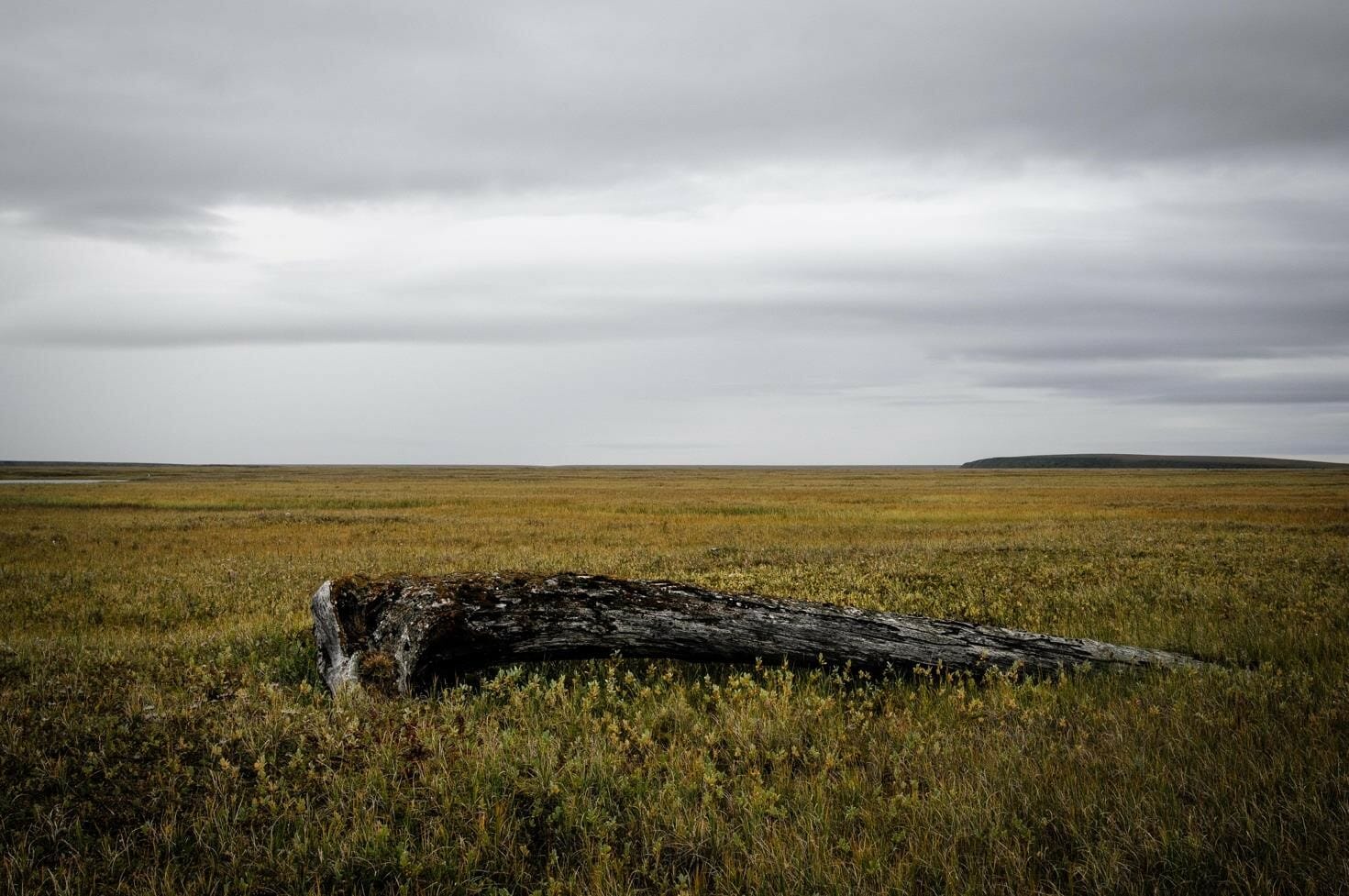Universitetsavisen
Nørregade 10
1165 København K
Tlf: 21 17 95 65 (man-fre kl. 9-15)
E-mail: uni-avis@adm.ku.dk
PhD thesis defense
PhD thesis defense — Samuel Faucherre,IGN, defends his PhD thesis: Permafrost carbon turnover across the Arctic - The role of abiotic sediment characteristics
Date & Time:
Place:
Department of Geosciences and Natural Resource Management, Øster Voldgade 10, 1350 Copenhagen K. Auditorium C, area 6, ground floor
Hosted by:
IGN, Section for Geography
Cost:
Free
Samuel Faucherre, Department of Geosciences and Natural Resource Management, defends his PhD thesis:
Permafrost carbon turnover across the Arctic – The role of abiotic sediment characteristics
Supervisors:
Professor Bo Elberling, IGN
Consulting Specialist Christian Juncher Jørgensen, University of Aarhus
Assessment Committee:
Associate Professor Robert Björk, University of Gothenburg
Senior Lecturer, Dr. Angela Gallego-Sala, University of Exeter
Associate Professor Aart Kroon, IGN (chair)
After the PhD defence there will be a reception in Rød stue, Øster Voldgade 10, Area 6, First floor – everybody is welcome.
Summary:
Organic matter (OM) stored in Arctic permafrost contains twice the amount of carbon (C) as is currently stored in the atmosphere, and climate model predict more important Arctic atmospheric warming than anywhere else in the world. Warming of the Arctic could trigger the release of currently buried permafrost C to the atmosphere as greenhouse gases, enhancing the effects of global warming drastically. In this context it is essential to quantify accurately stocks of C in Arctic permafrost-affected terrains. In addition, understanding the microbial mineralisation mechanism of this C is a key factor for understanding the potential Arctic climate change- carbon feedbacks. Several studies have attempted to quantify Arctic soil C stocks circumarctic as well as regional level, but large uncertainties still exist. Additionally, previous studies have shown that certain soil parameters influence the rate of microbial C mineralisation. However, focus has generally been on site-specific processes, and little is known about control of those parameters on C mineralisation across Arctic sites.
Through six scientific publications, this thesis explores the potential usage of several sediment parameters as scaling parameters for Arctic permafrost and active layer C mineralisation rates. For assessing C mineralisation rates, we retrieved samples from the upper 1 m of more than 100 soil profiles across four contrasting Arctic regions, representing different climate, landscape history, vegetation and expected C content/age/trajectory. We assessed samples C mineralisation rates five times during an one-year incubation by quantifying sample CO2 production under stable laboratory oxygenated conditions. Samples were analysed for C, nitrogen, water content, δ13C, δ15N, phosphorus, calcium, silicon and dry bulk density (Paper I and Paper IV). Additionally, we tested the effect of field and laboratory microbial contamination on C mineralisation rates (Paper II). Furthermore, we assessed the impact of experimental warming on active layer and permafrost C stocks as well as C mineralisation rates (Paper III). Lastly, we explore different regional methods to upscale soil organic C stocks in two different Arctic regions, with potential usage for upscaling C stocks and sensitivity across regions (Paper V and Paper VI).
Our results showed that dry bulk density was the best explanatory parameter for active layer C mineralisation rates across sites. We discuss the potential usage of this parameter as scaling parameter for active layer C mineralisation rate across the Arctic. Additionally, results of permafrost samples show that C:N ratio can be used to characterise initial C mineralisation rates between sites. However, predicting and upscaling long-term permafrost C mineralisation rates appeared to be challenging due to discussed site-specific processes transporting sensitive C to the subsoil. In addition, we found that silicon increased C mineralisation rates in low phosphorus soil, suggesting the importance of soil silicon level in Arctic soil C mineralisation rates. We also reveal that microbial contamination of arctic soil sample may influence C mineralisation rates and should be considered in future study. Lastly, we show that active layer C stocks were reduced by warming, and that warming had a positive legacy effect on permafrost C mineralisation rates. This highlights the contrasting effects of warming on arctic C mineralisation rate.
The thesis is available from the PhD administration office 04.1.417
